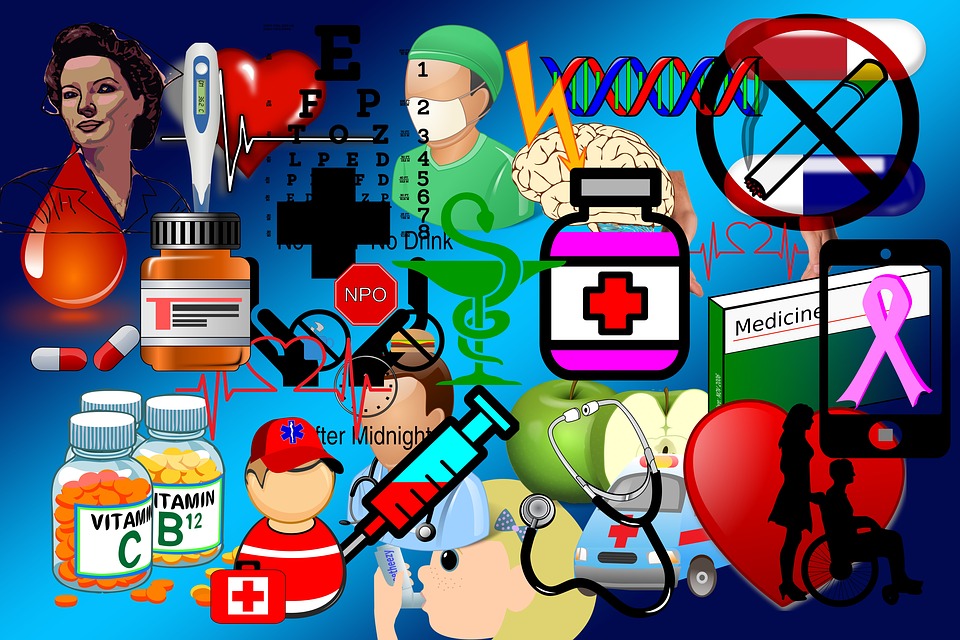Preface
Here we look at other types of diseases that can be caused by red blood cells. Let see Blood diseases, symptoms and treatment.
THELASSEMIA
This is a disease that is inherited through genes. It is therefore a genetic disorder. There are many types of mutations that cause it. In general, it is the inability to produce normal hemoglobin. The mutation occurs in the DNA that is responsible for the production of hemoglobin. Hemoglobin is in the form of a chain. This chain consists of the alpha chain and the beta chain. Blood diseases, symptoms and treatment.

MUTATION IN THE ALPHA CHAIN
The alpha chain has 4 genes in it. The severity depends on the number of mutated genes. As it is inherited, it also depends on the number of mutated genes you have inherited from your parents.
If only one gene is mutated, it does not make much difference, but if you are a parent, you will pass this gene on to your child. In this case, there are no particular symptoms or signs.
If 2 genes are mutated, you will definitely have at least mild symptoms and pass this gene on to your children. If you have three mutated genes, you will have mild to severe symptoms.
It is very, very rare for all four genes to be mutated. But not impossible. Children born with this mutation die within a few hours or days of birth, or they need constant blood transfusions.
MUTATION IN THE BETA CHAIN
Like the alpha chain, the beta chain also consists of 2 genes. A mutation in one of them leads to mild symptoms. A mutation in both genes is known as Cooley anemia. Children born with this mutation show no signs until the age of 2 years.

Symptoms of thalassemia
- – Yellow or pale coloration of the skin
- – Slow growth
- – Dark urine
- – Physical tiredness
- – Difficulty breathing
- – Deformation of some bones, especially the facial bones
- – Swollen abdominal area
POLYCYTHEMIA
This is a condition in which red blood cells are produced in higher than required quantities. The increased production results in thicker blood than usual. This impairs the overall blood flow, which in turn damages other organs and tissues of the body.
This condition is also known as erythrocytosis. There are two types of polycythemia: primary and secondary.
Primary polycythemia is called polycythemia vera [PV]. It is a slowly developing cancer. This disease is very rare. Generally, slow-growing cancer in the blood is called myeloproliferative neoplasm.
PV occurs when the bone marrow produces too many precursor blood cells, underdeveloped blood cells. Since they are underdeveloped, they are abnormal. Therefore, too many of them are not a good cause.
In PV, the bone marrow produces not only red blood cells, but also underdeveloped white blood cells and/or platelets.
Secondary polycythemia occurs when the excessive production in the bone marrow is not due to a slowly developing cancer. In this case, the bone marrow only produces an excess of red blood cells. Other components of the blood are not produced normally.
The cause of this type of condition may be some form of tumor, exposure to very high altitudes, or some infections or chronic diseases that may have affected the body’s oxygen levels.
Problems in the lungs or heart also cause problems in the production of blood components.

The first symptoms of polycythemia are
- Itchy skin
- Mild to severe headaches
- Blurred vision
- Constant ringing in the ear
- Feeling of fullness in the abdomen
- Weakness of the gums leading to bleeding
- Excessive sweating
Severe symptoms can be
- Blood clots
- Digestive ulcers
- Problems in small bones and swelling or red coloration of the joints
- Heart or lung disease
- Sudden chest pain that can also spread to the shoulders
CONCLUSION
The complication of one leads to the other. While some of these are unavoidable, many are curable and most are preventable. Be careful with what you do. We will look at some other Blood diseases, symptoms and treatment component disorders in the next few posts.
Diseases and disorders of the blood // symptoms // treatment
Causes of kidney stones // treatment // symptoms
Blood group features // vessels // cells
